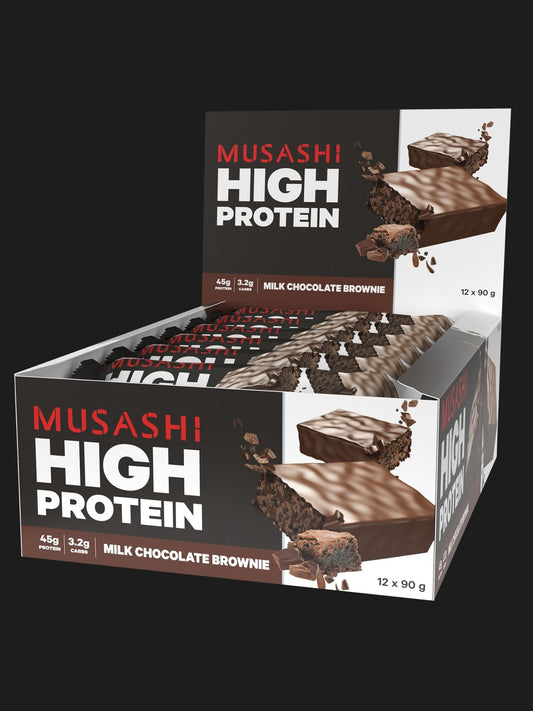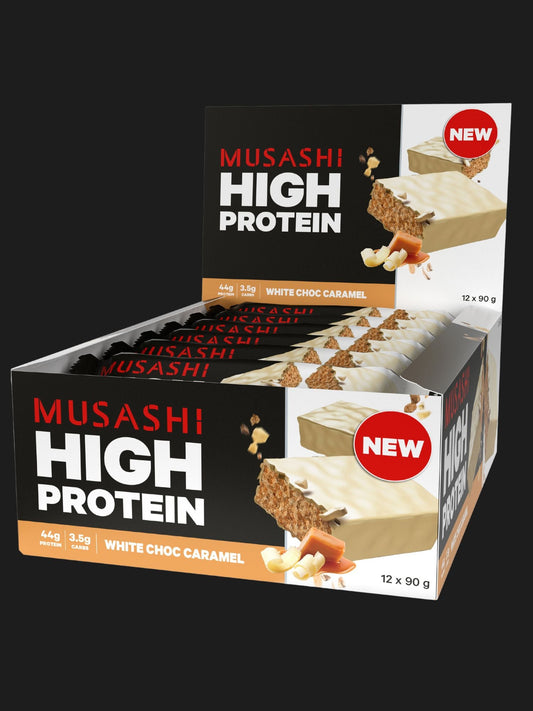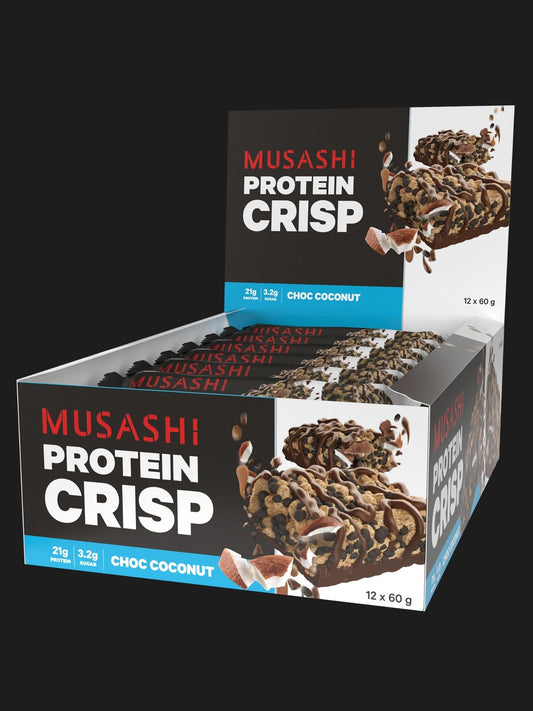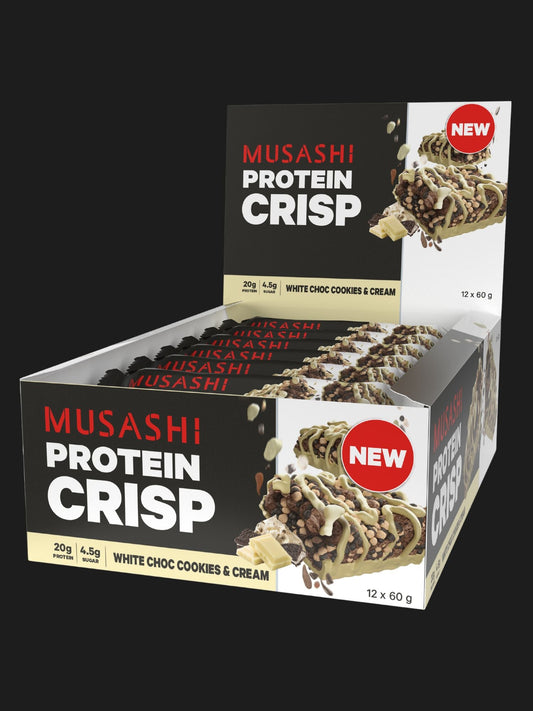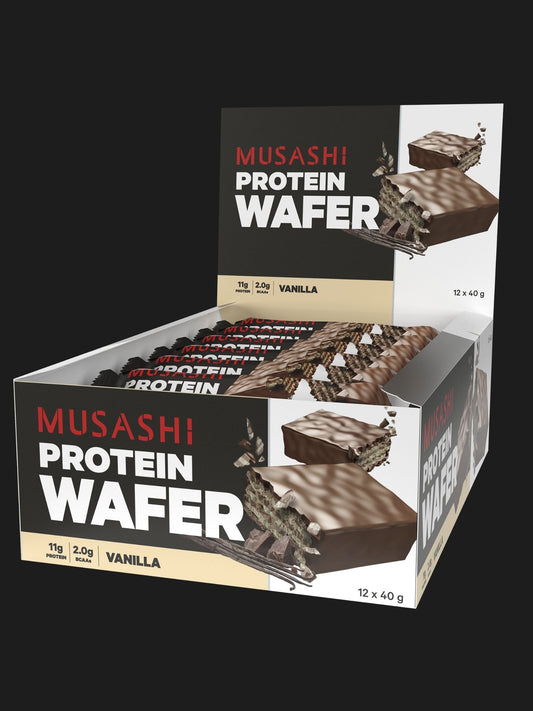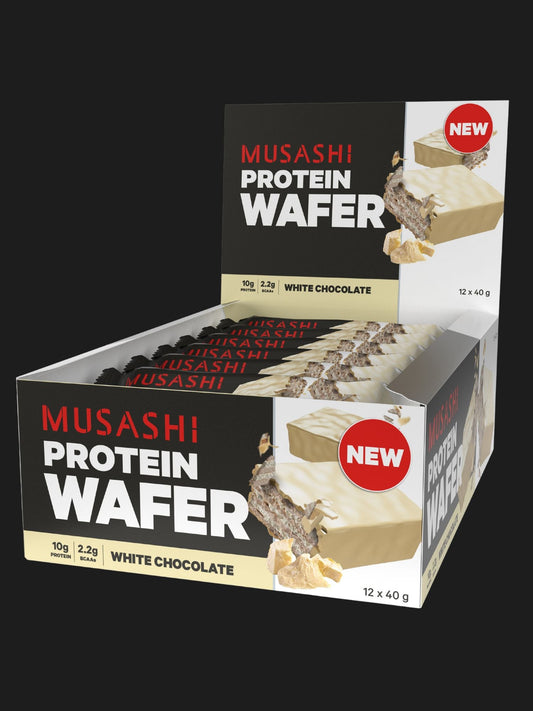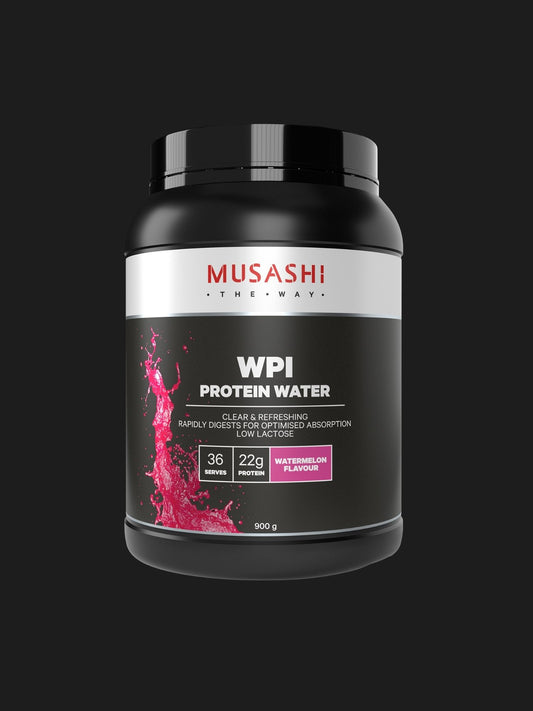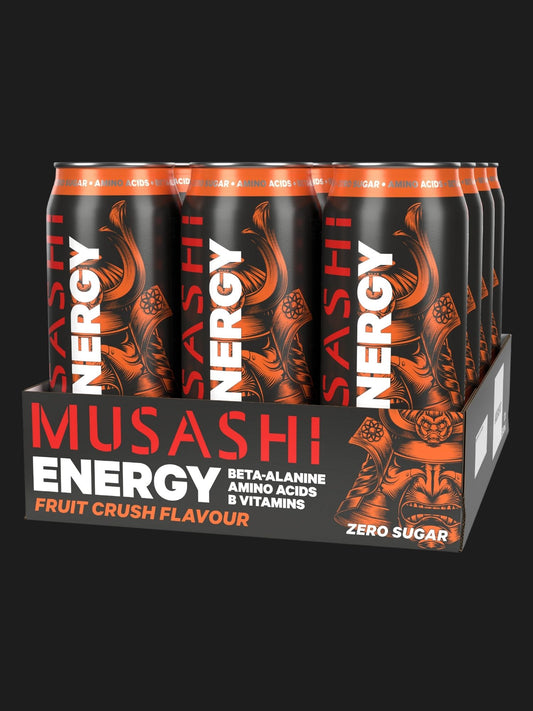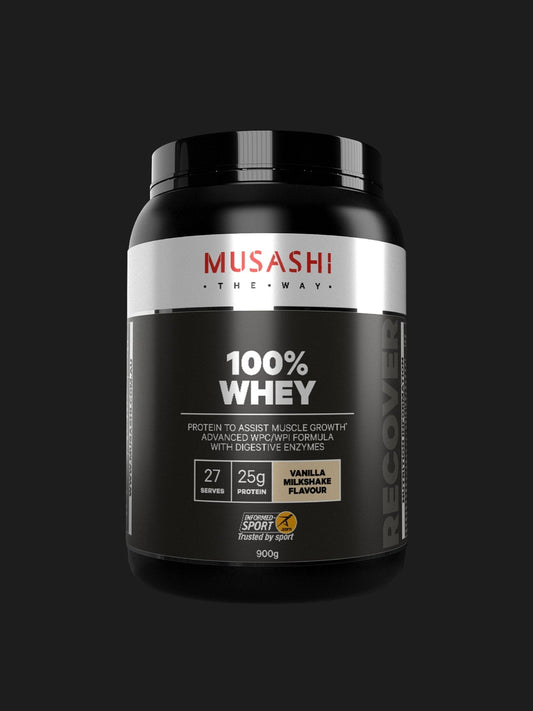TRAINING FAQS
Why train to failure?
Training to failure describes repeating an exercise to the point that you physically cannot complete another rep or interval. Muscles require metabolic stress to increase size and strength, which means that working the muscle to the point lactate builds and internal damage is caused to the muscle. Training to failure inflicts this stress, and results in strength and size gains during rest as the muscle heals. Training to failure does often require a greater recovery period so should be used tactfully depending upon your sporting goals.
How often should I train?
A superior exercise program incorporates activity, rest and nutrition. Depending on your type of training and level of expertise, the amount of exercise performed each week will vary. A beginner-level athlete should start with 2-3 sessions per week. An intermediate athlete should be working to 3-5 sessions per week, and an advanced athlete will be exercising 5+ times each week. Depending on your sport it may involve a combination of skills and strength and conditioning based training.
How do I reduce muscle soreness?
Muscle soreness and fatigue post-exercise can indicate that the muscles are rebuilding and strengthening. A well thought-out recovery regime is important to support this process, and involves several key measures. An effective warm down, including slow movements, massage and stretching is essential. Post-exercise nutrition is also necessary, involving the consumption of high-quality protein within 60 minutes of exercise. Ice baths, saunas, BCAAs and slow exercise are other measures that can improve recovery in the short term.
Can you gain lean muscle while cutting?
Gaining muscle involves consuming enough calories to support an increase in strenuous training, and cutting body fat involves burning more calories than what is consumed. While these seem to be contradictory measures, it is difficult but possible to achieve both goals at once. A combination of resistance and cardio training, in addition to an optimal nutritional plan containing a high amount of protein, can result in gaining lean muscle while cutting body fat.
Is it alright to train on an empty stomach?
Exercising fasted, which means on an empty stomach, encourages the body to burn fat due to an absence of carbohydrates in the body. This can be beneficial to an athlete looking to cut body fat, but can also have an adverse effect on performance. Exercising fed, which means after a meal, provides a supply of carbohydrates, protein and fat that result in greater energy, and can result in greater performance, whether that be strength, speed or endurance.
When should I train?
The optimal time of day to train will depend on your goals. Training in the morning is suggested for those looking to burn fat, if you are able to do so before breakfast. The reason being that training fasted means your body is more reliant on fat since you haven’t consumed carbohydrates within hours of training. Training in the evening is more suited for endurance, power and strength goals, as this time will allow you to properly fuel up and digest nutrition.
What is periodisation?
Periodisation is the process of breaking down your long-term goals into manageable phases, typically with variations in exercise volume, intensity, time and type within training periods. The three training cycles involves are macro (overall training schedule), meso (training blocks around 6-8 weeks) and micro (blocks around 1-4 weeks) cycles.
Isolates: Protein isolates have an additional filtration step where carbs, sugar and fat are removed. This results in a very high percentage of protein, often 90% or more by weight. Although the naturally occurring peptides are removed during the processing steps, isolates have an additional benefit of being faster digesting.
What are plyometrics?
Plyometrics are a method of training that aim to enhance force production and power in the upper or lower body, with a range of benefits across different sports. Plyometrics are quick, powerful movements that involve explosive eccentric contraction followed by concentric contraction, for example explosive jumping from a lowered squat position.
Why stretch?
Stretching improves flexibility, the ability for joints to move through a pain-free, unrestricted range of motion. A full range of motion resulting from higher flexibility will result in better muscle balance, joint stability and overall results. Stretching is also essential in an effective warm-down, aiding muscle recovery and reducing the effect of injury.
Should I train cardio or weights first?
Depending on your goals, training weights before or after cardio will have different outcomes. An athlete looking to burn fat should train weights before cardio, as glycogen is depleted during weight training leaving nothing but fat to burn during cardio. An athlete looking to improve cardio endurance should train cardio first, since the fatigue from weight training can reduce cardiovascular performance in that order. An athlete looking to build strength and power should train weights first, so that the largest amount of energy is used in the resistance session.
Does training affect hormones?
Hormones are responsible for building muscle (anabolic) and breaking down muscle tissue (catabolic). Training affects hormones by having a direct impact on the amount of cortisol, testosterone, insulin, and adrenaline are produced by the body. Different forms of exercise have varying effects on hormone product, and have varying physical and mental outcomes.
How much rest between sets?
The amount of rest between sets depends on the type of training and goals being performed and achieved. For strength and power training, 2-5 minutes is the necessary rest period. For muscle hypertrophy, 30-90 seconds is more appropriate, and for muscle endurance, 30 seconds or less is optimal.
What is volume?
Volume in the context of resistance training describes the amount of output as a measure of each exercise. Volume is typically calculated by multiplying reps by set by weight lifted, and is a good benchmark to use when measuring improvement in performance, or comparing output while switching up amounts of weight and quantity of sets and reps. When it comes to weights think of volume as the total tonnage lifted, for other exercises it is harder to calculate volume but it helps to think of it as the intensity and frequency of each specific exercise.
What is hypertrophy?
Simply put hypertrophy means building muscle. Hypertrophy is an increase and growth of muscle cells. Hypertrophy training involves lifting lighter weight and performing a greater volume of reps and sets for the purpose of gaining muscle size, instead of strength.
